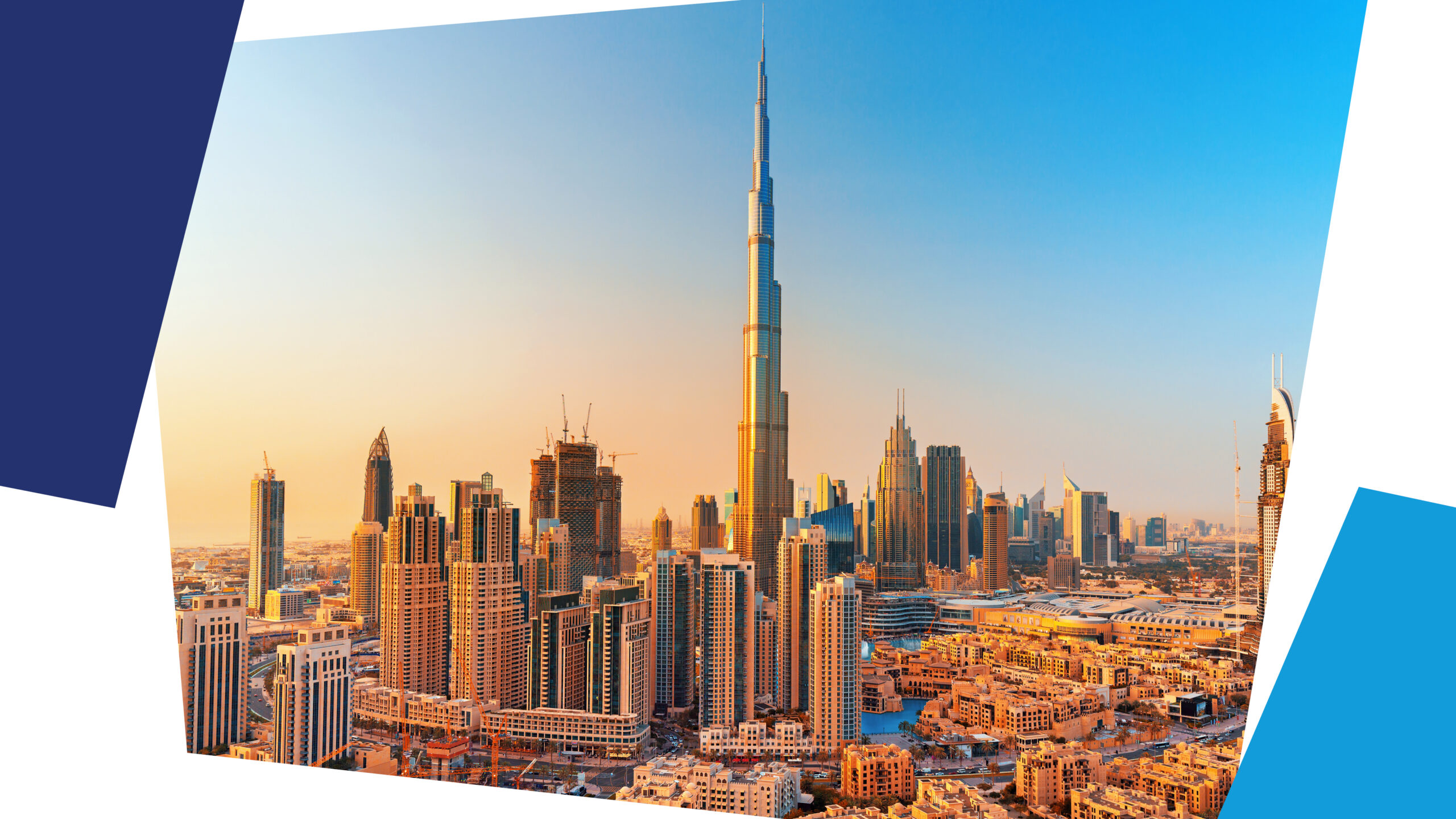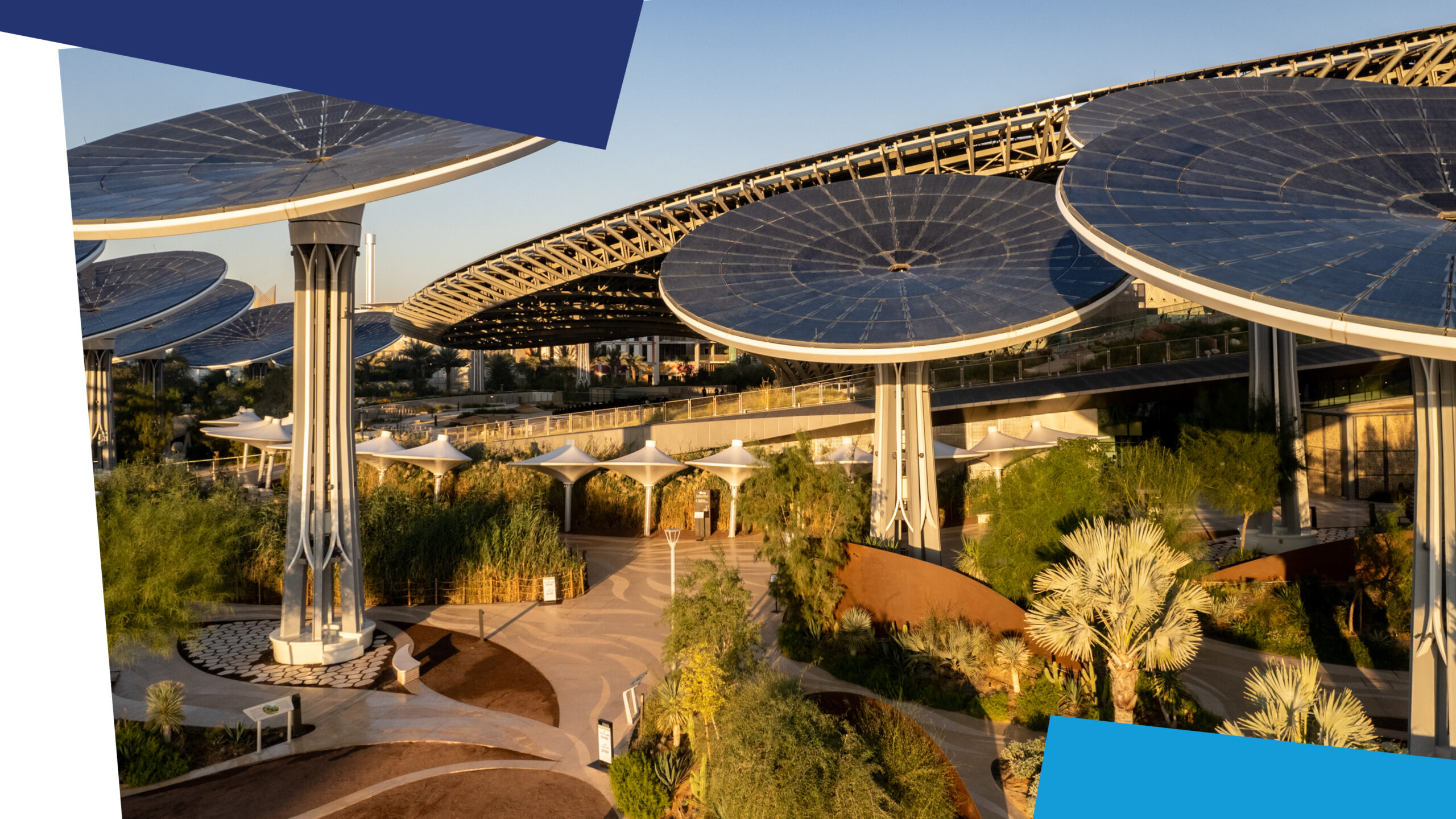By 2050, it is projected that seven in ten people will live in urban areas. To prepare for such rapid urbanisation, governments with the political will and financial resources are accelerating the development of housing and essential infrastructure by building planned cities. This approach is not entirely new – but what’s notable is the pace and scale at which it is happening, with an estimated 150 new cities currently being built or planned across more than 40 countries.
However, there is no guarantee of success when building a city from scratch. And despite advancements in technology, construction techniques and modular design, many planned cities have failed to meet expectations – some even earning the label of “ghost towns”.
In many cases, these cities either fall short on investment, exceed budgets, or face political instability. But, arguably, a common denominator across all underperforming cities is that they lack a unifying vision for life after the red ribbon is cut.
Against this backdrop, cities are turning to mega-events to energise their urban ambitions. For while some have questioned the economic viability of hosting such events, they can be an effective tool to energise cities’ urban ambitions.
Of course, mega-events offer no guaranteed wins, often delivering patchy or asymmetric legacies. But when planned with care and vision these global showcases offer a powerful platform to fast-track infrastructure, attract investment and position new urban developments as future-ready hubs of innovation, sustainability and inclusive growth, reducing the risk of ending up with costly and underused infrastructure.
This can lead to lasting improvements, from utilities and digital networks to accommodation and mobility, with upgrades designed not just for the event, as is so often the case, but for future residents and visitors long after the crowds have left.
This was the guiding premise behind Expo 2020 Dubai’s legacy planning and today sits at the core of the Expo City blueprint. From the bid phase through to post-event development and construction, the vision was clear: to create a sustainable alternative for urban living, establish a permanent hub for testing and commercialising new technologies, and support Dubai’s broader economic agenda.
And so, three years after the curtain fell on Expo 2020, and less than two years since it hosted COP28, Expo City Dubai has successfully transitioned into a fully functioning, sustainable district, defined by how it reused infrastructure, repurposed pavilions and positioned itself as a sandbox for smart city living. Case in point: 80 per cent of Expo-built infrastructure continues to serve the city, either as commercial operations in a purpose-built business district or cultural and educational attractions. The Dubai Exhibition Centre, built for the event, also continues to host international conferences, such as the 2025 Asia Pacific Cities Summit & Mayors’ Forum. Indeed, the venue is now undergoing a major expansion – underscoring Expo City’s growing importance as a cornerstone of Dubai’s long-term vision and global ambitions.
Moreover, by obtaining free zone status, Expo City Dubai has now become a magnet for companies that support its mission to drive transformative change through global partnerships, knowledge exchange and innovation with purpose.
Crucially, for cities like Dubai, which used a mega-event as a catalyst to develop a human-centric urban environment, legacy planning must be embedded from the outset. This ensures a seamless transition—from a site that welcomes tens of thousands in a single day to one that must function as a permanent home for future residents.
But big questions remain: How do you rebuild the brand? How do you get the space bustling again? How do you continue to provide experiences for the community and attract tourism and commerce?
For Expo City Dubai, it has been about balance – creating an environment that is commercially viable without compromising on the mission to serve as a model for sustainable and inclusive urban development that foregrounds residents’ health happiness and wellbeing.
This focus on human-centric urban design has helped shape an identity for Expo City Dubai as an urban environment that prioritises accessibility, embraces sustainability and champions education at all levels.
The identity of Expo City Dubai is also inextricably linked to the precedent set by hosting Expo 2020 Dubai and COP28. Now set to host the 2025 Asia Pacific Cities Summit & Mayors’ Forum this October, Expo City is well placed to draw on its past experiences, bringing the world together for events that catalyse impact-driven solutions across smart city development, mobility and sustainable urban living.
As the world continues to urbanise at an unprecedented pace, the real challenge is no longer whether we can build cities from scratch—but whether we can build them to endure. That’s where mega-events, when planned purposefully and strategically, can make a lasting impact. More than just global showcases, they offer a unique opportunity to embed long-term thinking into urban development from the outset—aligning infrastructure, policy and placemaking with the needs of future communities.



